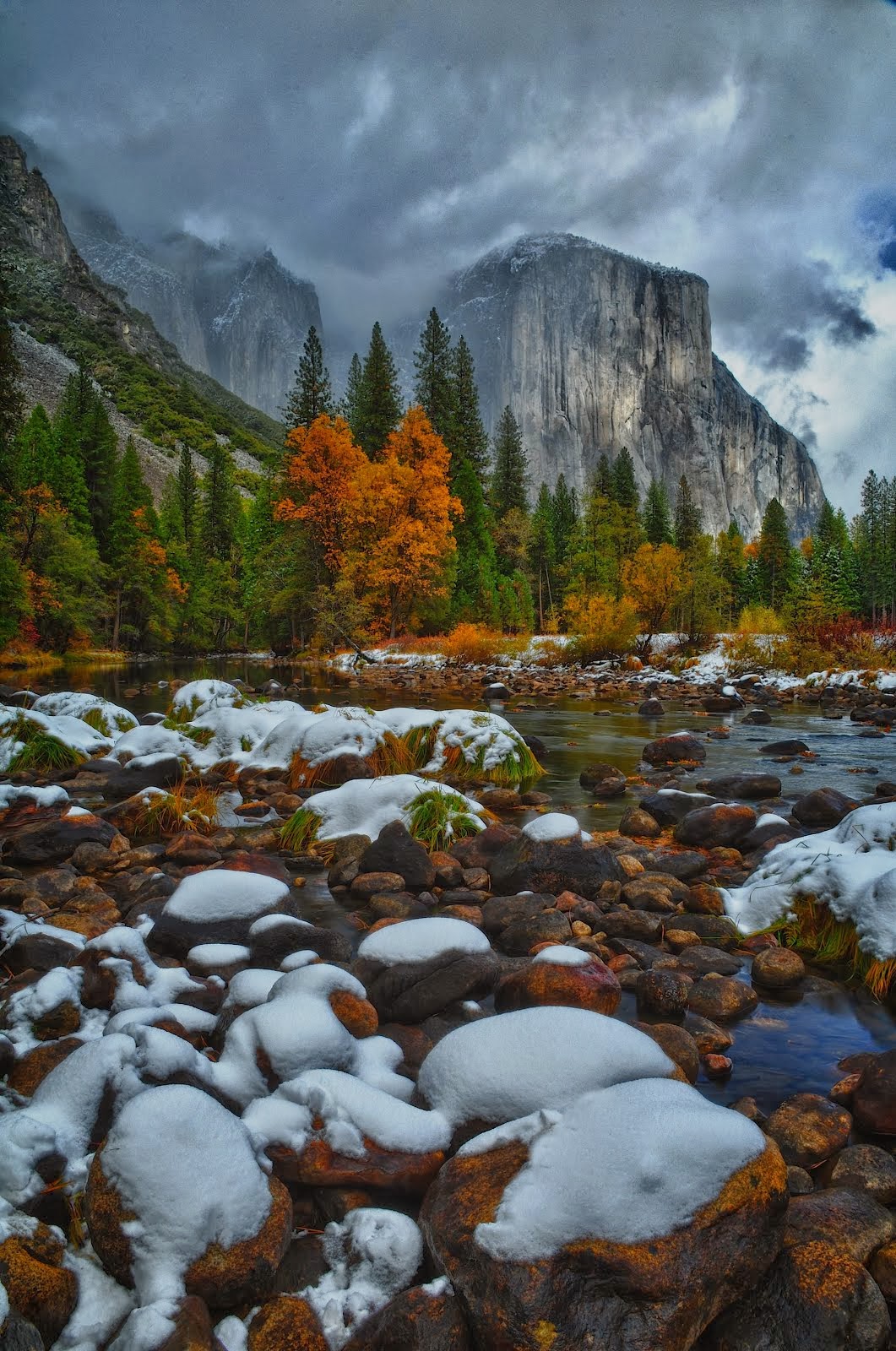According to Wikipedia, "On November 6, 1850, two months after California was admitted to statehood, President Fillmore reserved Mare Island for government use. A second drydock was begun in 1899, a concrete structure 740 feet (230 m) long set on wooden piles; it was completed in 1910. By 1941 a third drydock had been completed and dry dock number four was under construction. The ammunition depot and submarine repair base were modern, fireproof buildings. A million dollar, three-way vehicle causeway to Vallejo replaced a ferry service. By May 1941, with a monthly payroll of $3,500,000. In 1941, the drafting department had expanded to three buildings accommodating over 400 naval architects, engineers and draftsmen. The hospital had 584 beds. During World War II, the shipyard employed up to 50,000 workers.In 1993 Congress approved the findings of the Base Realignment and Closure report, leading to the closure of Mare Island Naval Shipyard. The shipyard had long been the economic engine of the city of Vallejo, employing 10,000 workers after reductions in 1988. When Congress ordered the base closure, the shipyard employed 5,800 workers.
As a submariner, I heard many many stories about Mare Island, but was never onboard a submarine that went into dry dock for an overhaul there. It is a base rich with history and I hope that it can be repurposed. Many of the buildings are deteriorating and much of Mare Island is currently not being used, as far as I can see.
As a submariner, I heard many many stories about Mare Island, but was never onboard a submarine that went into dry dock for an overhaul there. It is a base rich with history and I hope that it can be repurposed. Many of the buildings are deteriorating and much of Mare Island is currently not being used, as far as I can see.































No comments:
Post a Comment
Note: Only a member of this blog may post a comment.